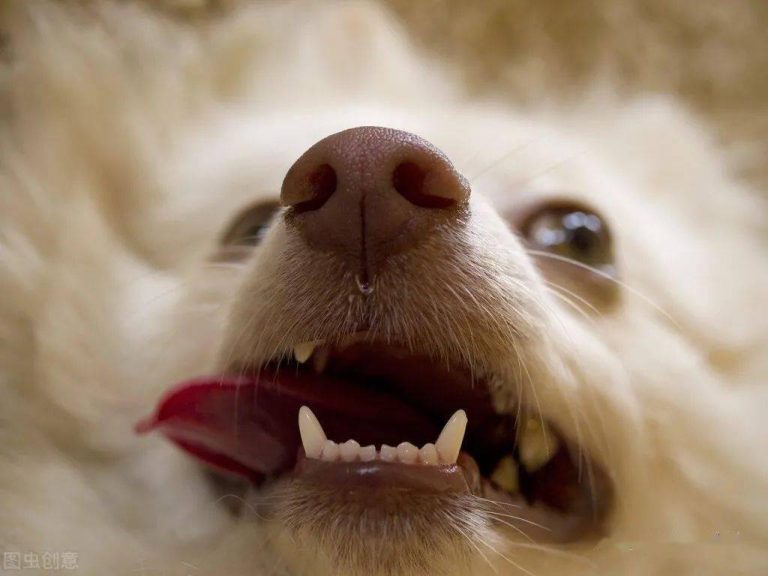Pet-Proofing Your Home: Keeping Your Pets Safe and Happy
Welcoming a pet into your home is a joyous occasion, but it also comes with the responsibility of ensuring their safety and well-being. Just as you would childproof your home for a baby, pet-proofing your living space is crucial to prevent accidents and create a safe environment for your furry friend. In this article, we’ll explore essential tips for pet-proofing your home to keep your pets both safe and happy.

1. Secure Hazardous Substances
Pets are naturally curious, and many household items can be harmful if ingested. Keep cleaning products, chemicals, medications, and poisonous plants out of your pet’s reach. Store these items in cabinets or on high shelves with secure latches.
2. Use Pet-Friendly Plants
Some houseplants are toxic to pets. Before bringing plants into your home, research whether they are safe for your pet to be around. Consider pet-friendly plants like spider plants, Boston ferns, or cat grass, which are non-toxic and can even be beneficial for your pet.
3. Properly Store Food and Trash
Pets can be notorious scavengers, so ensure that your food and trash are safely stored. Invest in trash cans with secure lids to prevent pets from digging in and ingesting harmful items. Store human food out of reach, especially items that are toxic to pets, such as chocolate, grapes, and onions.
4. Secure Electrical Cords
Chewing on electrical cords can pose a serious risk to pets. Use cord protectors or conceal cords behind furniture to prevent your pet from accessing them. Additionally, unplug and store electrical appliances when not in use.
5. Childproof Latches and Gates
Childproof latches and safety gates can be effective for pet-proofing certain areas of your home. Use them to keep your pets away from hazardous rooms or areas where they might get into trouble.
6. Cover Openings and Holes
Inspect your home for any openings or holes that your pet might crawl into or get stuck in. Block access to these areas to prevent accidents. This includes spaces under furniture, behind appliances, or in walls.
7. Remove Small Objects
Pets, especially puppies and kittens, tend to explore by putting things in their mouths. Remove small objects or choking hazards from their reach. This includes coins, buttons, small toys, and anything else they could swallow.
8. Invest in Pet-Friendly Furniture
Consider pet-friendly furniture options that are easy to clean and durable. Stain-resistant fabrics and leather are good choices. Provide your pet with their designated furniture, like pet beds and scratching posts, to discourage them from using your furniture.
9. Install Window Screens
Open windows can be enticing for pets, but they can also pose a falling hazard. Install window screens to prevent accidents while still allowing fresh air into your home.
10. Regularly Inspect and Pet-Proof
Pet-proofing is an ongoing process. Regularly inspect your home for new potential hazards and make adjustments as needed. As your pet grows and changes, their abilities and interests may evolve, so stay vigilant.
By pet-proofing your home, you not only protect your pets from harm but also create a safe and comfortable environment where they can thrive. A safe home is a happy home for both you and your furry companion.
In conclusion, pet-proofing your home is an essential part of responsible pet ownership. It helps prevent accidents and ensures that your pets can enjoy their time at home without unnecessary risks. By following these tips, you can provide a safe and happy living space for your beloved pets.






